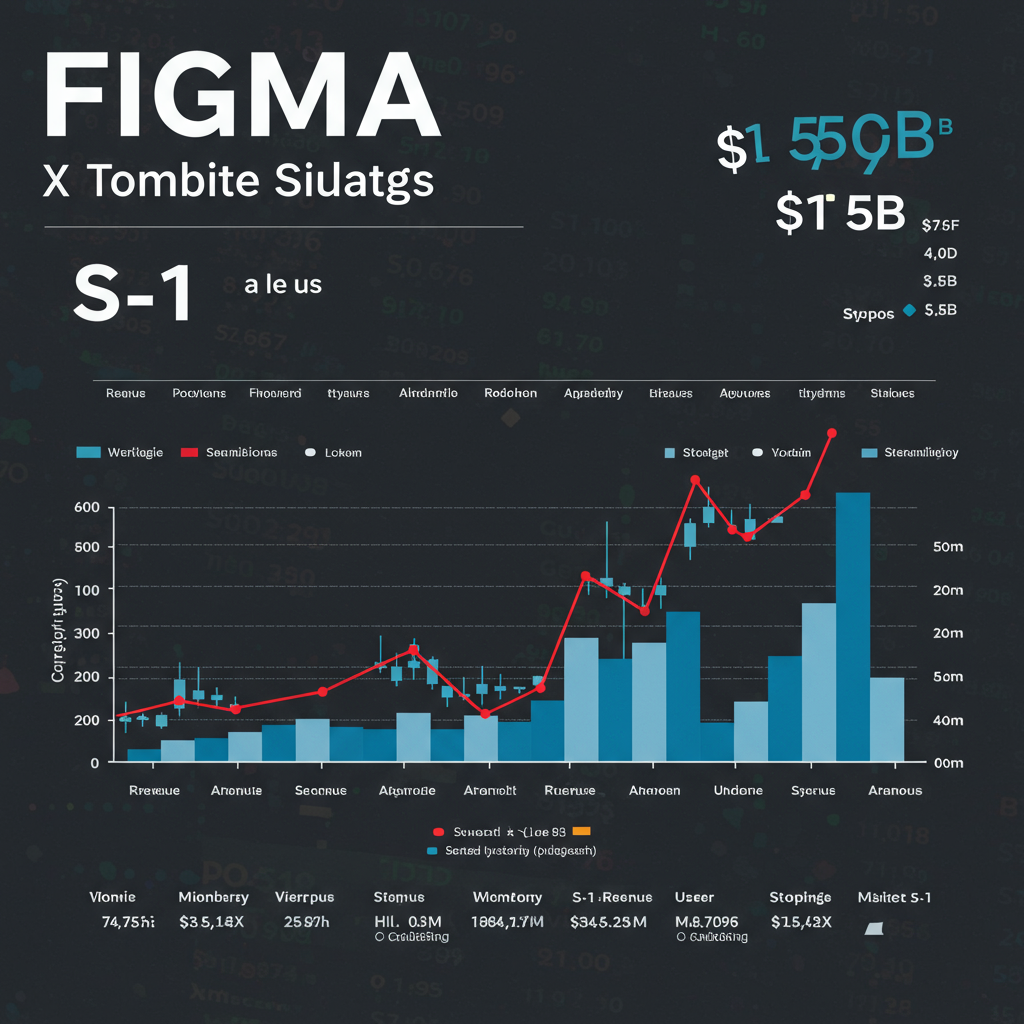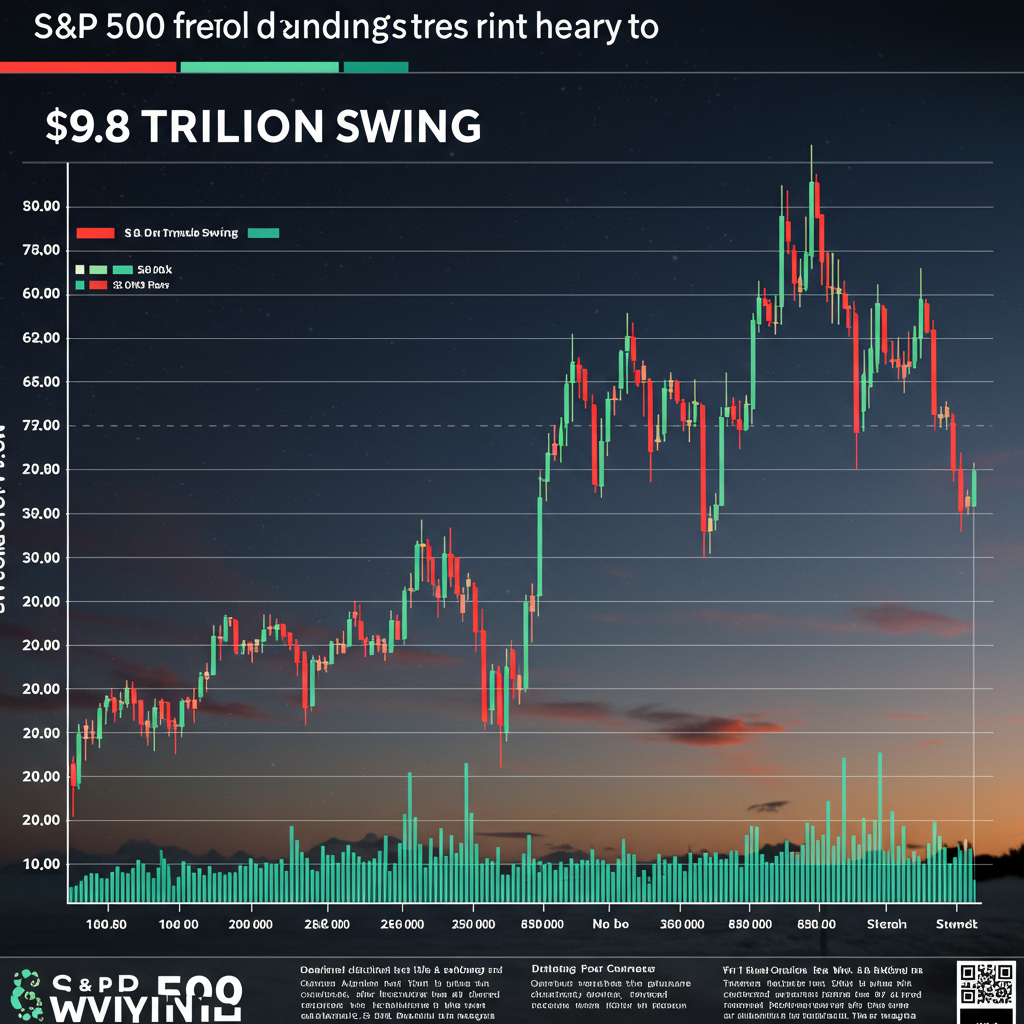The UK government has officially sold its final shares in NatWest Group, concluding a nearly 17-year period of taxpayer ownership that began amidst the turmoil of the 2008 financial crisis. This milestone marks a significant, symbolic end to a dramatic chapter in modern British economic history.
Back in October 2008, the scale of the banking crisis necessitated unprecedented state intervention. The Treasury injected a staggering £45 billion (equivalent to around £73 billion in today’s money) into the Royal Bank of Scotland (RBS), the group that now includes NatWest, acquiring an 84% stake. This move was the largest government intervention in the private sector since the Second World War.
At the time, RBS had a balance sheet larger than the entire UK economy, and its potential collapse was deemed catastrophic. Former government adviser Baroness Shriti Vadera stressed that this was not a voluntary investment but a crucial rescue operation, aimed not at saving the banks themselves, but at “saving the economy from the banks” by ensuring vital functions like lending and cash access continued. The fear was that a total banking shutdown could lead to widespread societal breakdown.
Understanding the 2008 Crisis
The roots of the 2008 crisis lay in a global “tsunami of bad loans” originating in the US subprime mortgage market. Risky debts were packaged and sold worldwide, spreading financial contagion. When trust evaporated, banks stopped lending to each other, causing the entire system to seize up. RBS, having aggressively expanded through acquisitions like NatWest and Dutch bank ABN Amro, was particularly exposed and central to the UK’s financial stability.
The period under state ownership was challenging for RBS. The bank reported the largest loss in UK corporate history (£24 billion in 2008) and continued to struggle financially for years. It also faced significant legal challenges, including a $4.9 billion fine in 2018 related to its role in the US mortgage crisis, largely due to its complex US operations.
Selling the government’s stake proved a lengthy process. Unlike the profitable sale of the Lloyds stake, completed by 2017, RBS’s persistent losses and legal issues depressed its share price. Selling at a significant loss was politically difficult, especially during the post-2010 austerity era. This reluctance to crystallise a loss prolonged state ownership, which some argued also deterred private investors. Ultimately, the sale resulted in a loss of around £10 billion for the taxpayer on the original investment, underscoring that the bailout was indeed a rescue rather than a profit-driven investment.
Are Banks Safer Now?
With the symbolic departure of the taxpayer from NatWest’s ownership, the critical question remains: are UK banks fundamentally safer from collapse today than they were 17 years ago?
Bank of England Governor Andrew Bailey is optimistic, asserting that significant lessons have been learned. While financial crises can still occur, he believes the need for taxpayer-funded bailouts has been drastically reduced. The focus has shifted to alternative resolution methods that can manage failing institutions while preserving critical services, without using public funds.
Regulatory reforms have played a key role. UK banks now face much more rigorous “stress tests” designed to assess their resilience against severe economic shocks, such as housing market crashes or surging unemployment. Crucially, regulations require banks to hold substantially higher capital cushions – essentially more of their own money and less borrowed funds – making them inherently more stable and less reliant on debt. City veteran Sir Philip Augar agrees that while collapse is “less likely,” it’s still “not impossible.”
New Risks on the Horizon
However, the threat landscape for banks is not static; new risks have emerged and are growing. Andrew Bailey identifies cyber attacks as a rapidly escalating concern. A sophisticated attack could potentially cripple critical banking functions like payment systems or ATM networks, leading to significant disruption. This risk is constant and requires continuous vigilance and investment from financial institutions.
Furthermore, recent bank failures in the US, such as Silicon Valley Bank, highlight the speed at which a traditional bank run can now manifest in the digital age. Customers can withdraw vast sums instantly with just a few clicks online, accelerating the potential for instability if confidence erodes. Banks remain fundamentally built on trust, and technology has made that trust more vulnerable to rapid shifts.
Despite the regulatory improvements and the end of state ownership in NatWest, the core truth remains: banks are not just standalone companies. They form the interconnected “bloodstream” of the economy, facilitating everything from daily payments to business lending. Ensuring their stability and resilience against both familiar and evolving threats remains a paramount concern for policymakers and regulators alike. While the chapter of the 2008 NatWest bailout is closed, the vigilance over the health of the financial system continues.
References
- https://www.bbc.com/news/articles/cd0l4l4kpnko
- https://www.bbc.co.uk/news/articles/cd0l4l4kpnko
- https://library.dmu.ac.uk/business/news




